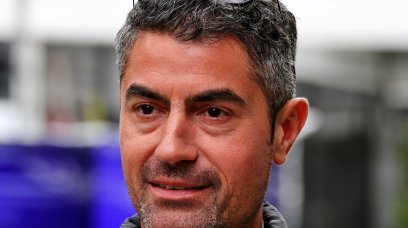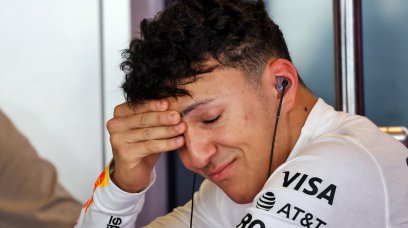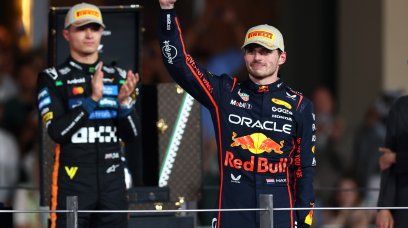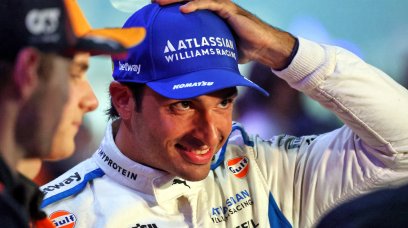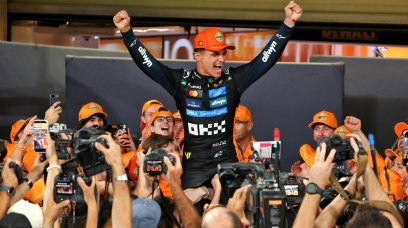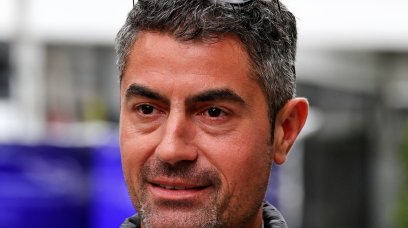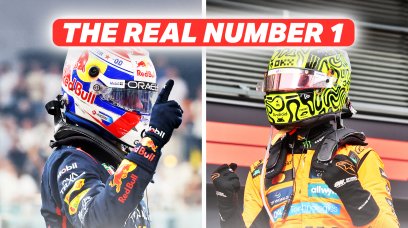Making it work correctly, and placing it at the right height from the ground, is one of the most important secrets to success in F1 this season. We are, of course, referring to the floor, and more specifically, its lower side (the one that faces the tarmac). This is usually an invisible element on cars, expect in rare situations, such as when Carlos Sainz crashed out of qualifying in Imola. With the F1-75 being carefully lifted from the gravel, photographers pounced to capture some fascinating details of the top-secret underfloor.
Why is the floor suddenly so important in F1?
With the return of ground effect in F1, obtained through the Venturichannels that span the floor, this areaguarantees the highest percentage of the total downforce produced on 2022-spec cars, reachingalmost 80 per cent. Thedesign, placement and curvature of the channels all play a role in achieving the dream scenario ofmaximum aerodynamic load with the least drag possible. These are general targets, but depending on the overall design of the car, they can be achievedwith the shape of the floor, the channels and the curvature of the lowerpartitions, which are profoundly different up and down the grid. This explains why, as mentioned, all teams do whatever they can to keep these details hiddenfrom the eyes of the competitors. It is natural to assume that thefloor of the highly-competitive F1-75 (see below) was an area of curiosity for rival teams from the beginning of the season.
How are Ferrari managing the porpoising phenomenon?
One of the more intriguing characteristics of the F1-75 is that it only suffersa partial decrease in performance from porpoising – the aerodynamic jolts triggered by the floor stalling as the speed and the load producedby it increases. Despite the dramatic television footage and driver comments, there is only a marginal impact on the pureperformance of Ferrari's car. The explanation we gathered from some engineers in Imola isthat the frequency of the jolts varies from car to car. In practice, the higherthe frequency, the more complex it isto manage the phenomenon, making the car dynamically unstable. This all depends on two factors. On the one hand, the specificconformation of the floor, and on the other hand, the ride height adopted. At Ferrari,the compromise for this last parameter seems to have madeit possible to find a lower porpoising frequency than other cars, such as theMercedes. Furthermore, the triggering speed of the porpoising seems to be higher on the Ferrari, thus allowing - during the braking phase -effective damping. It does not seem at all coincidental that inImola, the car that dominated the entire weekend - the Red Bull RB18 - was the one that managed to best reduce the jolts.
How did Red Bull manage their step forward?
Crucial to Red Bull's performance improvement was an updated floor, with the team adopting the solution from Ferrari and Aston Martin via a double splitter (see above) –two micro profiles under the body that energise the flow directed to the Venturichannels. No less important - especially for the car's behaviour through high-speed corners, of which there are many at Imola - was the reduction in car weight. According to paddock talk, the new and improved Red Bull is around four kilograms lighter. These changes are not strictly related to managing theporpoising effects, but improvements in terms of the dynamics of the car as a whole.
What will Ferrari bring in response?
Returning tothe floor, it is almost certain that at the Spanish Grand Prix, Ferrari willintroduce a revised diffuser, aimed at managing the stall of air more efficiently. Before that, they look set to bring a new rear wing to the upcoming round in Miami. The developments, their scope and - above all - their effectiveness, also inlight of Red Bull's improved competitiveness, will set the scene for how this season's title battle plays out. Ferrari know theycan't make mistakes, but they are equally aware that they have the technicaland human resources so as not to be caught unprepared.
Most read
